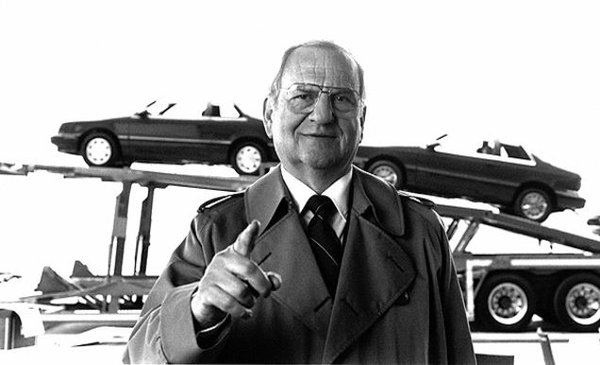
Figuring out how to win in established markets can be difficult enough. As innovative companies begin to compete asymmetrically—by winning along previously unconsidered dimensions of performance—the very definition of a win can change, making the task that much harder.
Let’s look closely at the Tesla Model S, named the Best Overall car for 2014 and 2015 by Consumer Reports. Consumer Reports chooses its top car picks based on three criteria: performance, reliability, and safety. Performance is further broken down into traditional characteristics around handling, capacity, and comfort, while reliability and safety are based on user-reported problems and crash test results, respectively. In some ways, traditional success criteria can be cross-applied for the Model S. Safety ratings, for example, are still an important measure of success. However, when the P85D version of the Model S broke the Consumer Reports rating system—scoring 103 points out of a possible 100—it became clear that traditional success criteria are insufficient for judging the Model S.
To understand how Tesla is redefining the very notion of a perfect car, we need to think about what the Model S actually is, using Jobs language. The Model S is an electric vehicle, which makes it much more than simply a transportation choice. The new technology expands the range of jobs that people can satisfy to include a number that are not transportation related. Driving an electric car, for example, not only gets you where you want to go but also allows you to act on environmental concerns. The addition of this new dimension, however, means that the car will be assessed across a range of standards—some familiar (safety, comfort, reliability) and some completely new (refueling/recharging times, ability to travel long distances). The Model S wins because it does an exceptionally good job satisfying both the traditional and newly relevant jobs that customers buying an electric car want to satisfy.
Beyond just satisfying jobs, however, it’s important to understand how customers want to satisfy those jobs. More is not always better. Satisfying customers’ jobs means knowing what they want more of, what they want less of, and where they are looking to strike a balance.
As a refresher for some and context for others, many new product failures can be avoided simply by understanding what jobs customers want to get done. Rather than leaping to foist a solution on the market, companies need to step back, listen to and observe real and potential customers (including how they react to early prototypes), and then hone in on strategic opportunity areas that show promise for growth.
To help get you started, we put together a list of common strategies for tying success criteria back to key Jobs principles.

By understanding the details of what customers demand, companies can use that knowledge to compete asymmetrically. They can change the perception of what an industry is supposed to deliver and leverage overlooked assets that give them an advantage over established or stronger competitors.
Let’s look at how a bold upstart is challenging an industry behemoth in this way. For years, Microsoft Outlook has been the king of business email. And for what seems like just as long, young tech companies have come to the table announcing how they have the next big application that will finally be the death of email. Yet email thrives.
While attempts at email replacement have come and gone, Slack has come to the table with something different. Instead of trying to replace email—which isn’t what customers are asking for—Slack has focused on identifying what customers want more of and what they want less of, ultimately creating an offering that strikes a balance. Slack is one of the fastest-growing new business applications. It’s an office messaging app that works with email rather than trying to replace it outright.
Slack focuses on making internal communication easier. It offers a fast, informal way to talk to coworkers, but it retains the archiving abilities of traditional email, even improving on the ability to search old messages. Email continues to be used, especially for external communications, but Slack helps reduce the volume of messages in your inbox, while simultaneously reducing the need for time-consuming face-to-face meetings. In part, this is because the app lets users search and access shared files on their own, without having to question other team members. When questions are necessary, workers can provide quick answers and status updates in a side window, reducing clutter in their inboxes. As the number of Slack users has grown to over a million, teams using the app have praised its ability to improve efficiency. By understanding where to cut and where to add, Slack has reached a $3.8 billion valuation in just over two years.
It is critical to understand that some seemingly minor variables can actually be quite important because they are used as ways to measure whether certain jobs are getting done.
Contributed to Branding Strategy Insider by Stephen Wunker, excerpted from his new book JOBS TO BE DONE: A Roadmap for Customer-Centered Innovation, with permission from AMACOM publishing.
Join 49 other marketing oriented leaders and professionals in Hollywood, California for Brand Leadership in the Age of Disruption, our 5th annual competitive-learning event designed around brand strategy.
The Blake Project Can Help: The Brand Strategy Workshop For Startups
Branding Strategy Insider is a service of The Blake Project: A strategic brand consultancy specializing in Brand Research, Brand Strategy, Brand Licensing and Brand Education
FREE Publications And Resources For Marketers

 Bullies never win — not even in the comments section.
Bullies never win — not even in the comments section. 

















